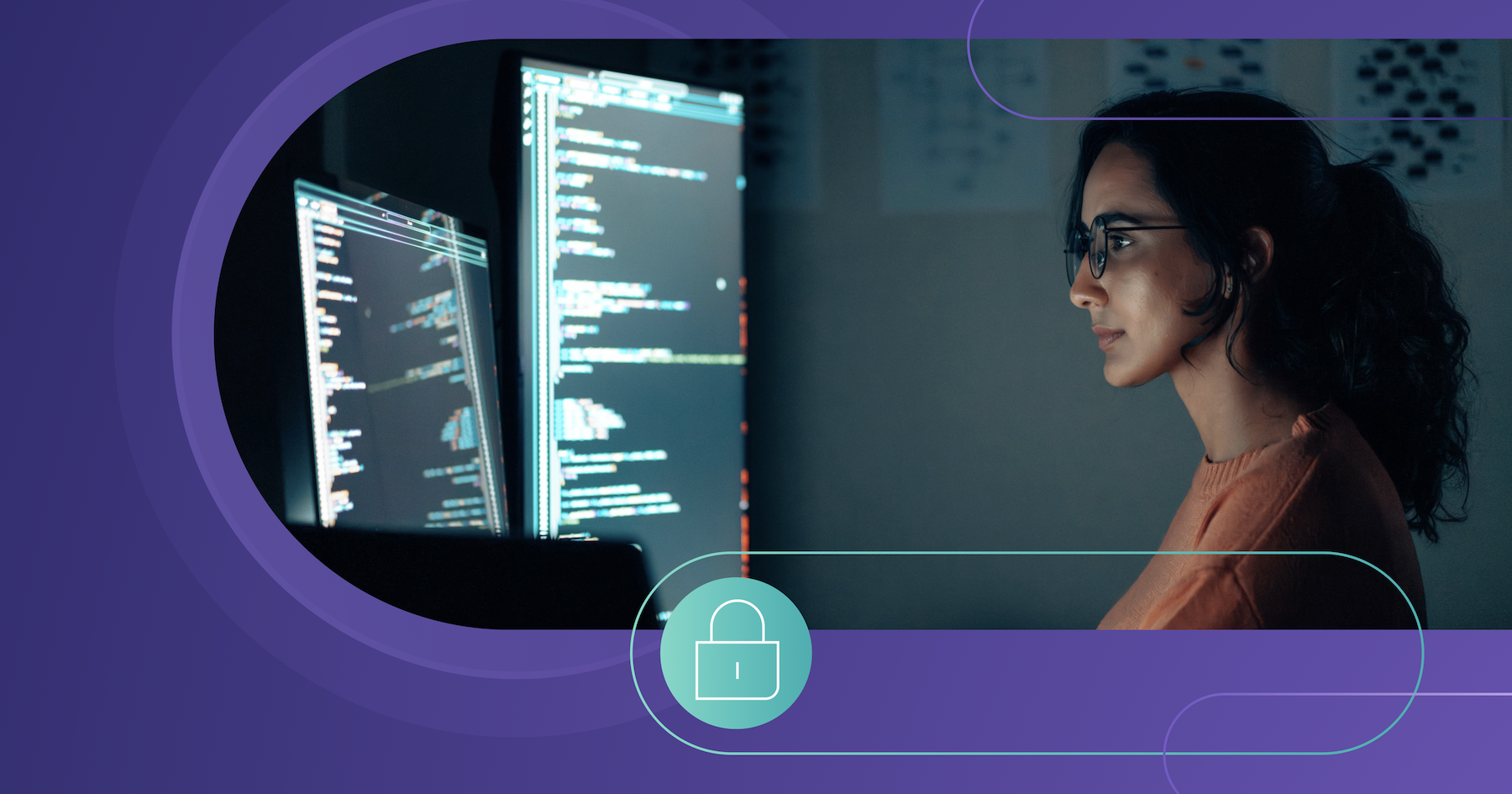In today's threat landscape, software vulnerabilities can swiftly escalate to national security issues. Foreign adversaries conduct sophisticated cyber campaigns costing billions of taxpayer dollars while undermining organizational security and privacy. With Executive Order 14306 reinforcing the government's commitment to secure software development and strengthening NIST's Secure Software Development Framework as the definitive best practice, the question isn't whether to prioritize security, it's how to implement it effectively.
The challenge: Speed vs. security
Historically, organizations have prioritized development speed at the expense of security, leaving critical vulnerabilities in their products. This trade-off became more prominent with widespread DevOps adoption, as rapid release cycles often outpaced security considerations. Manual compliance tracking pulls developers away from core development work, with teams spending significant time on audit tasks and regulatory documentation.
Organizations navigating multiple compliance frameworks (NIST, FedRAMP, FISMA, ISO 27001, SOC 2) face an even greater challenge. While these frameworks share common controls, they rarely align perfectly, creating manual tracking burdens that scale poorly across complex development environments.
A strategic approach to embedded security
The path forward requires more than checkbox compliance. Organizations that proactively embed compliance requirements into development processes from the outset realize significant competitive advantages, time savings, and cost efficiencies. This means codifying standards and seamlessly integrating security throughout the software development lifecycle rather than treating it as a final gate.
Effective implementation demands automated guardrails that enforce security policies without slowing development velocity. Protected branches, merge request approvals, and automated scanning ensure code stability while maintaining rapid delivery cycles. Security policies act as automated safeguards throughout the software development lifecycle, enforcing specific security actions at each pipeline stage.
Visibility and control across the supply chain
Modern development environments require answers to fundamental questions: What assets do we have? Are they being scanned? Where are we most at risk? Software bill of materials generation, dependency scanning, and continuous vulnerability monitoring provide the visibility needed to manage risk across sprawling codebases.
Static reachability analysis enables teams to prioritize remediation based on actual threat exposure rather than scanning all vulnerable dependencies. Comprehensive vulnerability risk assessment data, including EPSS scores and Known Exploited Vulnerabilities status, allows teams to focus on real-world threats.
From principle to practice
The Principle of Least Privilege, developed in the 1970s, remains fundamental to modern security. Implementing sophisticated role-based access control ensures each user and system has precisely the permissions required for designated responsibilities. Fine-grained permissions for both human users and non-human identities minimize blast radius if credentials are compromised.
Organizations that successfully navigate today's compliance landscape don't treat security as an afterthought. They embed it into every stage of development, automate verification processes, and maintain continuous monitoring. This comprehensive approach transforms compliance from a burden into a competitive advantage.
Download the complete guide to learn how leading organizations can automate compliance, implement secure guardrails, and build truly resilient software.
Get instant access to the full guide below:
Resources
Building resilient software through secure development
Key takeaways
- With 80% of Chief Compliance Officers foreseeing escalating compliance pressures, automating security processes throughout your development lifecycle is critical for maintaining competitive advantage and meeting evolving standards.
- Organizations implementing automated compliance solutions eliminate manual audit tasks, allowing developers to focus on innovation while security and governance controls operate seamlessly in the background.
- Modern DevSecOps platforms enable organizations to enforce compliance directly in CI/CD pipelines, providing comprehensive audit trails, vulnerability management, and provenance tracking required by federal standards.
